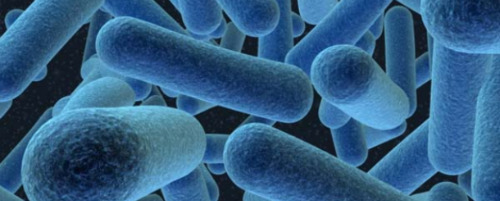The same bacteria that make your sweaty socks smell are responsible for some 1.7 million hospital-associated infections in the US alone. An Israeli antibacterial fabric may offer a solution.

What makes sweaty socks smell? It’s not the moisture; it’s the bacteria that grow in the damp fabric. If you could alter or banish those microbes, you could wear sweaty socks for a week without offending anyone.
Israeli Prof. Aharon Gedanken’s success with antibacterial socks, a product intended for Israeli soldiers that never made it to market, may hold the key to addressing what is actually a global healthcare concern.
The fact is, fabric-bred bacteria aren’t just a smelly problem. They are also responsible for hospital-acquired infections affecting nearly nine percent of patients in both developed and resource-poor countries, according to the World Health Organization. That translates to some 1.7 million hospital-associated infections in the United States – causing or contributing to 99,000 deaths each year – and 25,000 infection-related deaths in European hospitals. Most often, the bacteria gain a foothold through wounds or foreign bodies such as catheters.
Locking-in the antibacterial nanoparticles
A multinational consortium headed by Gedanken recently won a 12 million-euro grant from the European Union (EU) for manufacturing machines in Europe that will more quickly roll out fabric impregnated with zinc oxide nanoparticles to make antibacterial hospital sheets, curtains, gowns, towels – anything that is made of textiles for hospital use.
“This is a novelty, and we are negotiating with some big companies,” says Gedanken, director of the Kanbar Laboratory for Nanomaterials at the Bar-Ilan University Institute of Nanotechnology and Advanced Materials (BINA) Gedanken created an innovative chemical process that reduces zinc oxide, a gentle but effective natural substance often used to combat diaper rash, into microscopic nanoparticles.
He is coordinating a four-year consortium of 17 textile manufacturers, universities, and government agencies in England, France, Italy, Spain, Russia, Bulgaria and Poland working to perfect a technique to coat and mass produce antibacterial fabric.
“Many others have tried to coat textiles with antibacterial materials, but after washing, everything is removed,” Gedanken explains to ISRAEL21c. “Our technique deposits the nanoparticles in such a way that you can wash the textiles in a hospital washing machine in keeping with regulations about temperature and number of cycles, and they still retain the particles.”
Two machines are now under construction, one in France to install in Italy, and one in Russia to install in Romania. According to the terms of the EU grant, all partners meet periodically to discuss their progress and plan the next steps.
Cures for viruses, fungi and acne
“We started with a patent for the coating process,” says Gedanken, who has a Ph.D. in chemistry and did post-doctoral work at the University of Southern California. “Ultrasonic waves go through the [zinc oxide] solution, and the bubbles created in the liquid collapse and form microjets that move at very high speed. These microjets take the newly created nanoparticles and swirl them onto the fabric at such a high speed that they are embedded so strongly you cannot remove them by washing. I guarantee that nanoparticles will not get into the waste water.”
Tests performed using a small prototype machine made by Gedanken show that the nanoparticles remain embedded after 70 cycles of washing in a hospital washer.
“A billion-dollar US corporation is interested in our project,” he reveals: “Over the years, they had about 20 [inventors] claiming to have a material that would kill bacteria and not wash out, but they all failed the test. This company is now examining our samples.”
Gedanken, a 1965 graduate of Bar-Ilan, has published more than 550 scientific papers, was awarded a Minerva Fellowship, and was a visiting scientist at AT&T Bell Laboratories for several years during the 1980s and at the US National Institutes of Health in the summers of 1989, 1990, and 1991. In 2009, he won the Edwards Prize of the Israel Vacuum Society for excellence in scientific research.
His 30-person laboratory at BINA has a number of grant-funded projects underway, ranging from novel ways to produce biodiesel to new treatments for acne. His research in nanoparticles also includes identifying anti-viral and anti-fungal substances.













